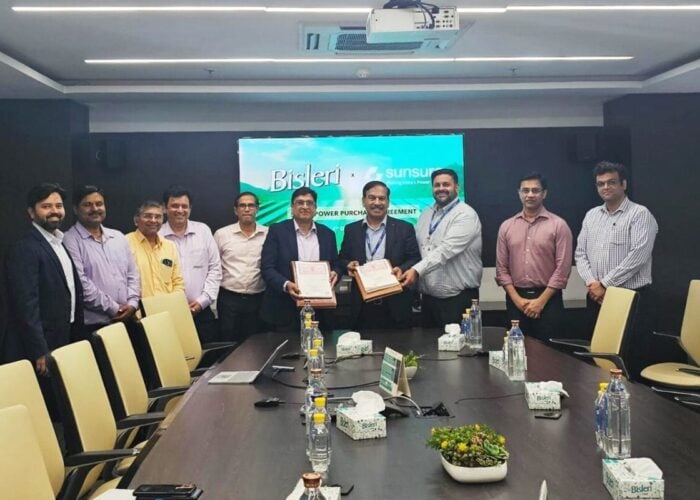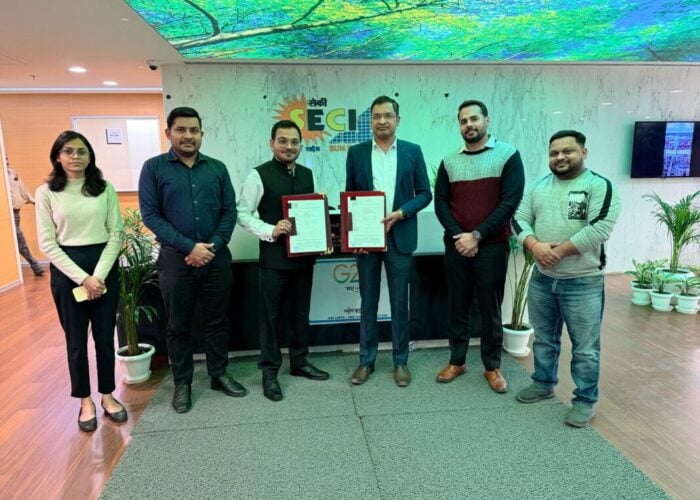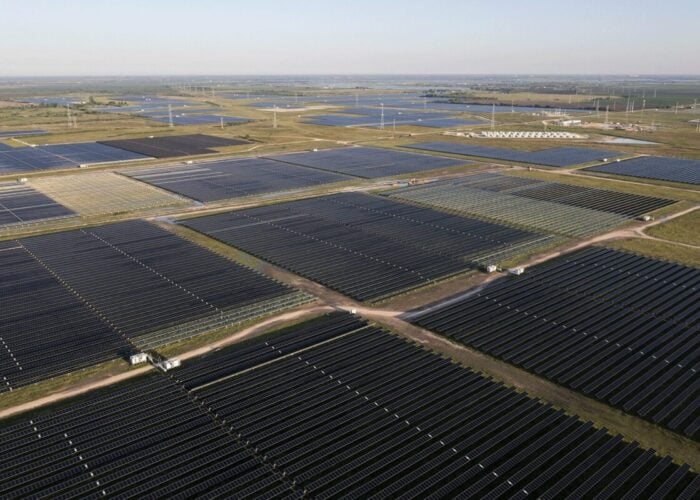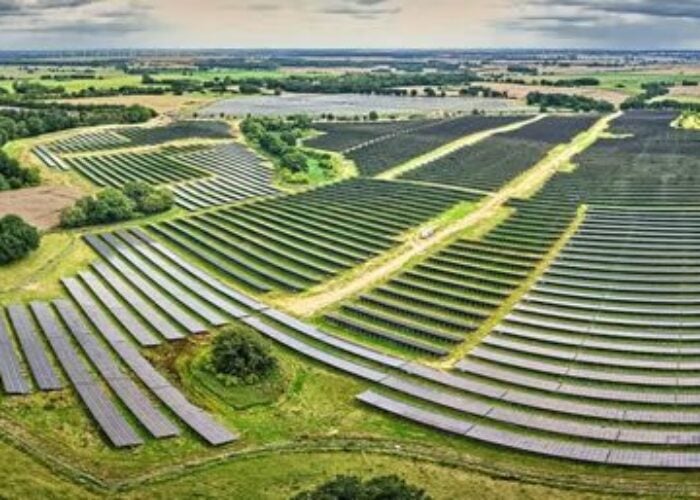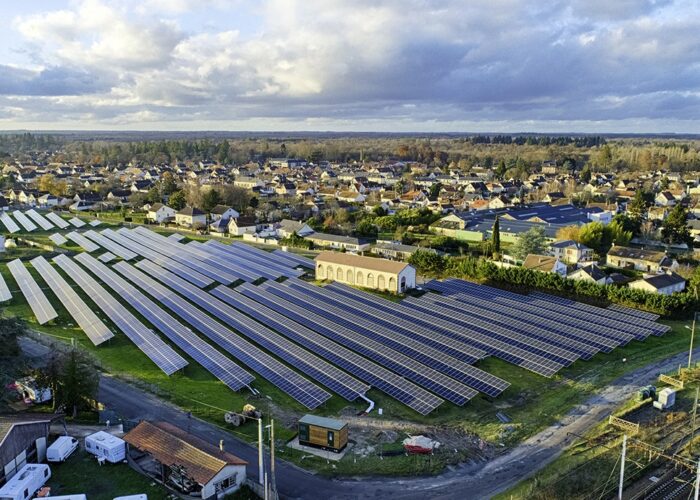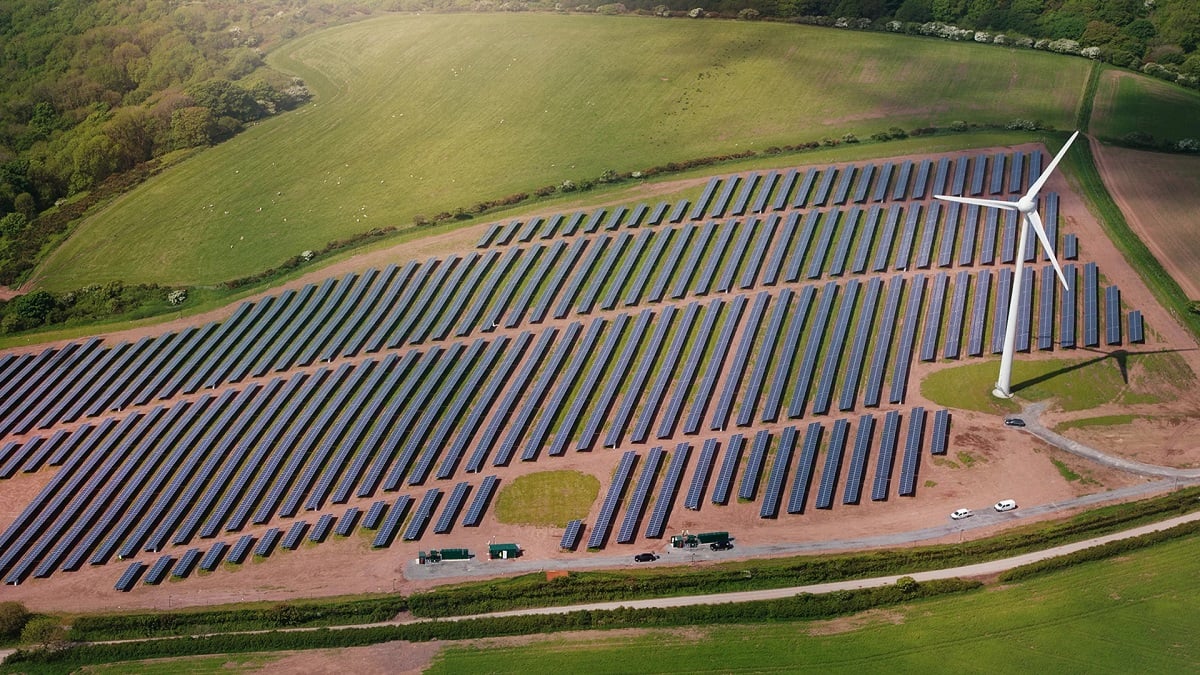
Such is the maturation of the renewables sector as we enter the 2020s that simply co-locating generation with storage is almost old hat.
Now renewables developers the world over are pushing the envelope even further, adopting their onshore wind cousins to bring forward hybrid projects that profess to unlock the full value of a grid connection and unleash the potential of onshore renewables as a whole.
Try Premium for just $1
- Full premium access for the first month at only $1
- Converts to an annual rate after 30 days unless cancelled
- Cancel anytime during the trial period
Premium Benefits
- Expert industry analysis and interviews
- Digital access to PV Tech Power journal
- Exclusive event discounts
Or get the full Premium subscription right away
Or continue reading this article for free
As almost every nation eyes progress on climate targets, renewables proliferation looks set to soar in the coming decades. There will be no single technological solution either, with most countries calling upon a broad range of generation asset classes to play their role as renewables generation escalates. Indeed, the International Energy Agency – which itself has a track record of underselling renewables somewhat – forecasts there to be anywhere from 309 to 377GW of additional onshore wind generation across the world by 2024, second only to solar PV. The potential for the two most prolific onshore renewables to co-locate and share certain grid infrastructure is, therefore, perhaps obvious. Adding storage to the mix to play a crucial flexibility-driven role is all the more sensible.
It’s enough for some of the industry’s largest players to sit up and take notice. In recent months, renewables developers the world over have announced major plays for the co-located or hybrid power market, proving that this trend is not limited by regionality.
A new normal
Iberdrola’s UK-based utility ScottishPower unveiled in December 2019 a new strategy to retrofit solar en masse beneath its operating onshore wind assets in the country. French renewables developer Neoen, meanwhile, is to bring forward solar-plus-wind-plus-storage plants in Australia. NextEra Energy broke cover last summer to announce a 700MW hybrid plant in Oklahoma. Swedish state-backed energy giant Vattenfall has explored numerous such co-located generation assets, ranging from a pilot in Wales connected in 2017 to an upscaled project in the Netherlands set to come onstream this autumn.
Speaking at the time of ScottishPower’s hybrid strategy unveiling, the firm’s CEO Keith Anderson said the move was being driven by a need for innovation to squeeze “the absolute maximum potential out of every clean energy project” if climate targets are to be reached. He said that in the UK and Ireland in particular, the “perfect blend” of clean power “should include a mixture of clean energy technologies”, invoking images of a future clean energy economy where technologies can dovetail in harmony.
ScottishPower evidently sees so much potential in this strategy that not only will it be retrofitting additional technologies to existing sites – ScottishPower owns and operates significant quantities of onshore wind in the UK – but that new projects will be delivered in a hybrid fashion as standard. “In the next 18 months I believe that hybrids will be the new normal for all renewable energy developers,” he said.
“In the next 18 months I believe that hybrids will be the new normal for all renewable energy developers”
Nick Boyle, chief executive at prolific solar developer Lightsource BP, says co-locating resources stands to bolster the value of a generator’s most valuable item: its grid connection. “Grid is your limiting factor, [and] you have a 30% utilisation on that. It’s sitting there doing nothing for 70% of your time and, even though it’s not as simple as that, why wouldn’t you co-locate?” he says.
Romain Desrousseaux, deputy general manager at international developer Neoen, says that his firm sees two kinds of hybrid power plants: those combining renewables with storage in an off-grid environment, something Neoen has been actively involved in since 2015, and newer forms of hybrid plants that co-locate multiple forms of generation in pursuit of a smoother or flatter generation curve. Alongside a storage component, these plants could deliver something more akin to baseload power and more ‘useful’ energy to customers.
In September 2019 Neoen unveiled plans for a major hybrid power plant in South Australia, combining 1.2GW of wind, 600MW of solar PV and a 900MW battery storage facility. To be developed in three phases, the project hinges on the construction of 330kV high-voltage interconnector between South Australia and New South Wales, which transmission system operators ElectraNet and Transgrid aim to have completed by 2023 at the latest.
The prospect of sharing a grid connection between three generation technologies of such size could trim costs, but Desrousseaux says that while it is indeed a bonus – especially in an energy economy driven predominantly by economics – the bigger advantage of hybrid sites lies in the actual output. “The biggest benefit to us, we believe, is in offering several types of energy which complement each other and allow you to offer either baseload, or the type of energy that would be required by the customers,” he says, indicating the firm’s preference for power purchase agreements to underpin hybrid developments.
But often, as developers have encountered, the financing of hybrid sites – especially those retrofitting additional technologies or capacities – is far from straight forward.
This is an extract of an article first published in Volume 22 of PV Tech Power, forming part of a two-part cover story exploring the potential for hybrid renewables projects.
The full version of part one can be read here, while the full version of part two can be read here.
Alternatively, you can read both versions, in full, in PV Tech Power 22, which can be downloaded for free here.

